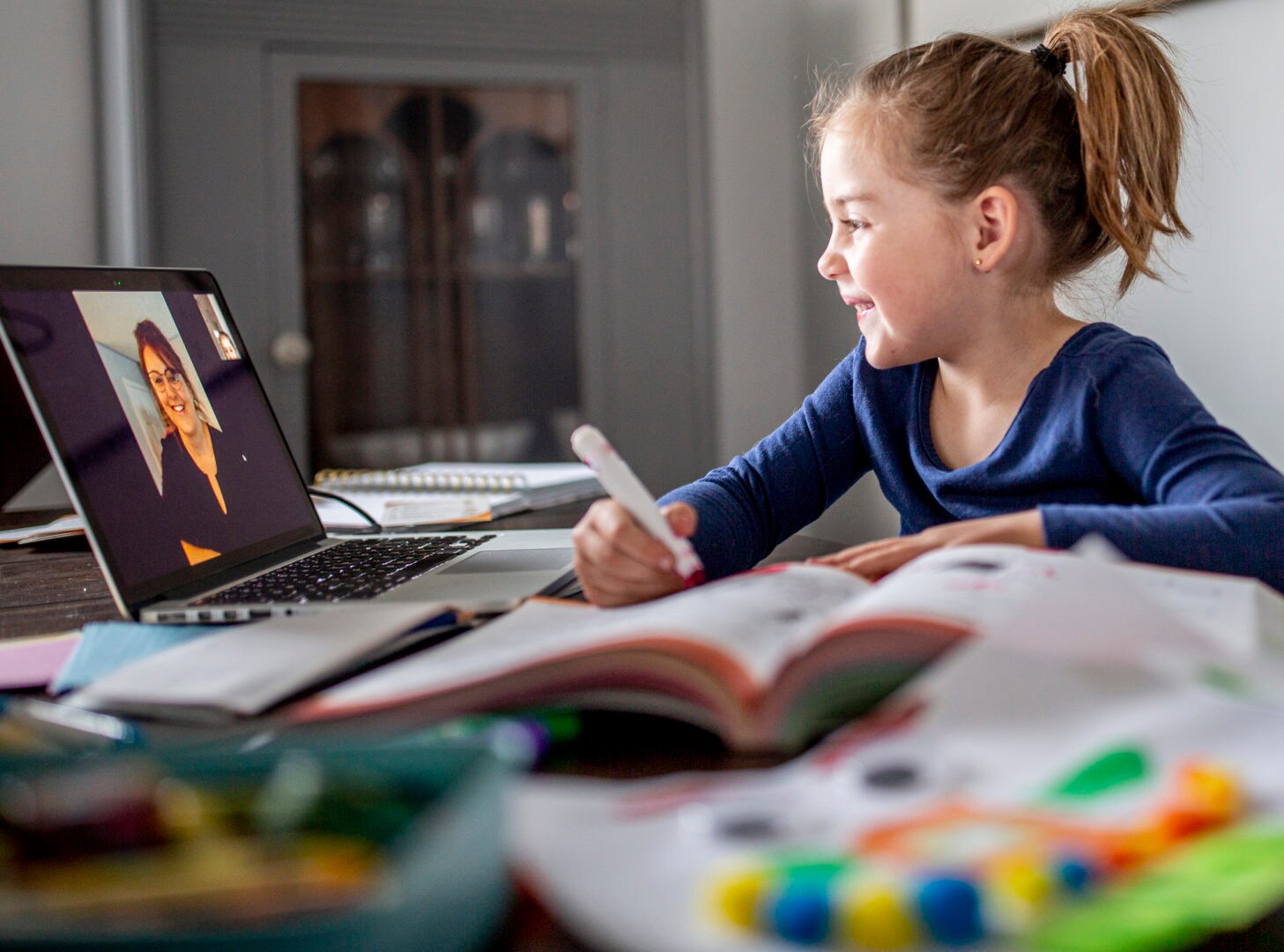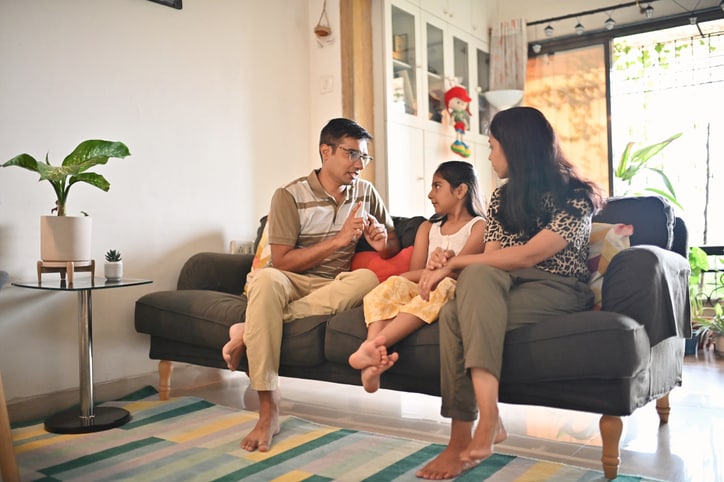Tutors go beyond helping your child keep up with coursework or gaining an academic advantage. A good tutor will motivate a student to learn and instill self-confidence. But how should you get started on the right foot at the first-day tutoring session?
We spoke with Richard E. Bavaria, who holds a doctorate in education and 40 years of education experience, and Binita Vijay, educational director at Kumon in Atlanta-Piedmont Park, to get their advice on what parents, children and tutors should do to ensure their tutoring experience will be successful for everyone.
How parents can prepare before the first tutoring session
Here’s how parents can set their child and their new tutor up for success right from the start.
- Communicate expectations. What are your goals for your child? Does your child want to advance beyond the present level, or is there a need for improvement? Do you expect the tutor to help with homework? Do you want a summary after every session? You are the main link between your child and the tutor. Your ability to communicate these expectations to the tutor and your child will help your child get the most out of tutoring.
- Explain why you’re hiring a tutor. Children are not always receptive to the idea of having a tutor, especially if they are having learning problems at school. Bavaria believes parents should encourage their children to be brave enough to know when to ask for help. “Wise parents let kids know that everyone needs a little help now and then,” he says, “and that there’s nothing wrong with asking for it.”
- Develop simple, easy-to-understand goals. “Allowing a child to set their own goals increases motivation and self-sufficiency,” Bavaria says. At Sylvan, for example, students earn tokens, or points, for effort, participation and progress to exchange for small prizes. You can adopt a similar system at home.
- Involve your child’s teacher. Tell your child’s teacher you’re using a tutor. Ask for the syllabus, lesson plans, assignments, past exams and any other material that could give the tutor a better understanding of what your child is doing at school.
- Gather necessary materials. Ask the tutor what kind of supplies your child will need for the sessions. Should they come equipped with paper, pencils or binders? Are there any workbooks to purchase? If the tutor is coming to your home, prepare a quiet and isolated study space.
- Reinforce lessons. Your child will grasp the learning material better if it’s practiced at home. It doesn’t have to involve extra homework if the school workload is heavy. Many concepts can be applied to everyday life. For example, reading recipes and measuring ingredients are great ways to practice reading and math.
How students can prepare before tutoring starts
Learn how kids can get organized and ready ahead of the tutoring process.
- Share your struggle spots. Let the tutor know what subjects are more difficult and ask for study strategies or help with organizing time. Then the tutor can go straight to the trouble area.
- Bring in work you need help with: The best way to jump into tutoring is by having real work to do and real problems to solve together. Don’t waste tutoring sessions on busy work. Bring anything your child needs help with or wants to advance on — whether it’s a homework problem or an upcoming test that needs immediate attention? Outlines are helpful if they need help on specific areas of an assignment or report.
- Let your tutor get to know you: The more your child communicates their personality, the more your tutor will understand how to work with them. Have your child write down some likes and dislikes, whether it’s about school subjects, teachers or extracurricular activities. They can bring in favorite books or photographs from a family vacation or tell the tutor about future college or career goals. Even young children have opinions on these subjects. Encourage budding artists to draw a picture for the tutor. All of these exercises will help break the ice and establish a personal connection.
- Eat before you come: “Be sure to eat a snack and be prepared to focus for you session,” Vijay advises. When you’re well-nourished, you’ll be far more ready to concentrate on material addressed in tutoring.
How tutors can prepare before the first session
Here’s what tutors need to do and prepare before the first session with a new student.
- Get to know the student and expectations: Have the parents and student fill out a questionnaire. Ask about a child’s learning style. Do they learn better by seeing, reading, doing or listening? Ask about what they expect to accomplish during the sessions and what areas they want to concentrate on. “Good tutors need to assess a student’s needs and strengths so they know where to begin instruction,” Bavaria explains. “Then they should build a learning plan around those strengths and needs.”
- Determine the student’s knowledge: Vijay gives students an assessment to evaluate their skills and understanding of the subject in relation to their grade level.
- Develop a personalized work plan. The next step, says Vijay, is devising a personalized work plan for getting the student where they need to be, or where they would like to go.
- Make a positive impression: Vijay says the first meeting sets the tone. “I want to make the student feel comfortable and learn about what motivates them,” she says. “It’s all about finding their interests and incorporating them into their coursework.” Another way to put a child at ease, Vijay says, is to tell them about your own experiences and interests, letting them see you are a normal person, too.
- Collaborate with the student on a plan of action: Incorporate the student into the lesson planning so they become a part of their own learning process. It’s also a good way to keep the lines of communication open.
A productive tutoring session involves teamwork between the parent, child and tutor. With effective communication, well-planned goals and some advance preparation, the first tutoring session will be off to an outstanding start.






